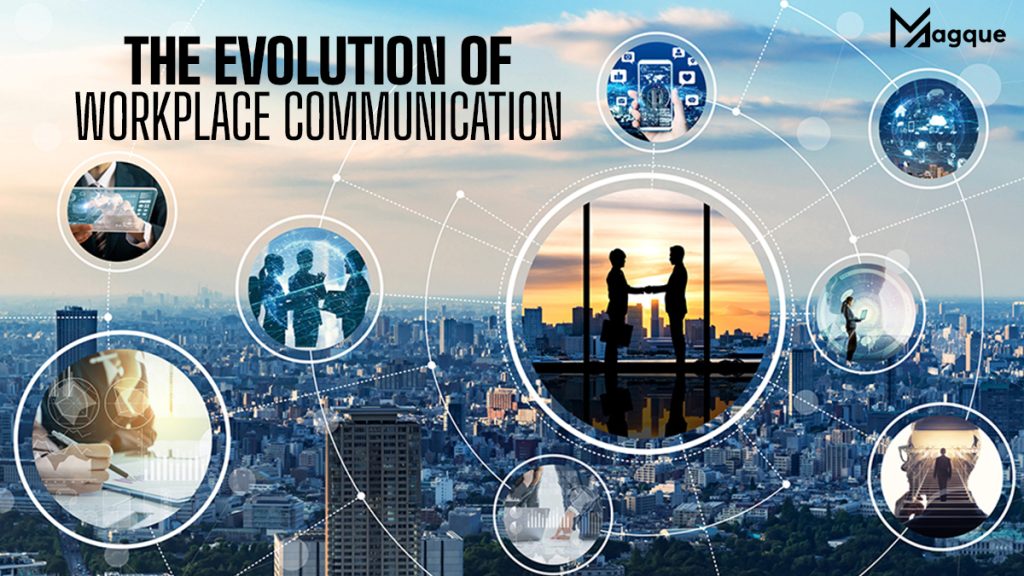The Evolution of Workplace Communication
Hey there, curious minds!
The Pre-Digital Era
Once upon a time, not so long ago, workplace communication was as primitive as using smoke signals to send messages.
The Email Revolution
Then, in the late 20th century, came the email revolution.
The Rise of Instant Messaging
As we hurdled into the 21st century, instant messaging took over.
The Era of Collaboration Tools
Fast forward to today, and we’ve witnessed the rise of collaboration tools like Slack, Microsoft Teams, and Zoom.
The Mobile Communication Revolution
Oh, and let’s remember the impact of mobile devices!
The Future of Workplace Communication
So, what’s next in the evolution of workplace communication?
In this burst of technological advancement, adapting and staying updated is crucial. Effective communication is the heartbeat of any successful organization.
In a nutshell, workplace communication has travelled light-years from smoke signals to holograms. As we ride this digital wave, one thing remains constant: the importance of clear, effective, and collaborative communication. The glue holds teams together, regardless of the tools we use.
And be sure to explore Magque, your go-to source for the latest and most intriguing updates in the realms of informative tips & reviews!
FAQs
Q1. What is workplace communication evolution?
Workplace communication evolution refers to the gradual transformation of how employees and teams interact, share information, and collaborate in a professional setting over time.
Q2. What were the traditional methods of workplace communication before the digital era?
Before the digital era, traditional workplace communication methods included handwritten memos, face-to-face meetings, landline phones, fax machines, and printed documents sent via snail mail.
Q3. How has technology impacted workplace communication?
Technology has significantly impacted workplace communication by introducing tools like email, instant messaging, video conferencing, and collaboration platforms, making communication more efficient and accessible.
Q4. What are the key benefits of modern workplace communication tools and platforms?
Modern workplace communication tools offer improved collaboration, real-time communication, flexibility in remote work, faster decision-making, and the ability to share documents and information seamlessly.
Q5. What can we expect in the future of workplace communication?
The future of workplace communication will likely involve further integration of AI, automation, and augmented reality, enabling more advanced and immersive communication experiences. Virtual meetings with holographic participants and enhanced data analytics are among the exciting possibilities.
Read Also This :- Secure Messaging Apps: Protecting Your Privacy








